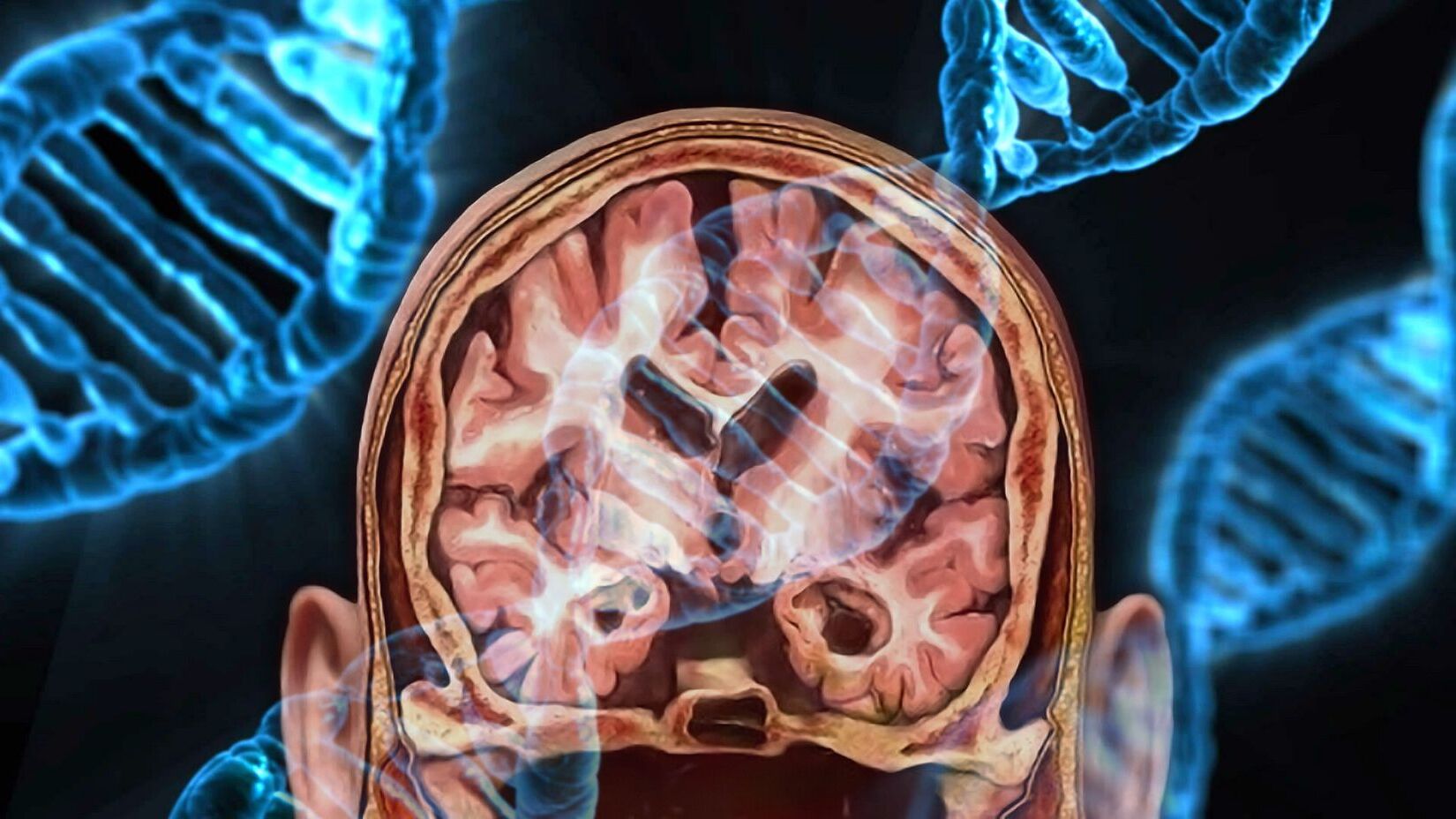
Donnai–Barrow Syndrome is a rare genetic disorder that affects multiple parts of the body. Caused by mutations in the LRP2 gene, this condition can lead to a variety of symptoms, including distinctive facial features, hearing loss, and vision problems. People with this syndrome often have a high forehead, a broad nasal bridge, and a small jaw. Intellectual disability and developmental delays are also common. Early diagnosis and intervention can help manage some of the symptoms, improving quality of life. Understanding the complexities of Donnai–Barrow Syndrome is crucial for those affected and their families. Let's dive into 20 essential facts about this rare condition.
What is Donnai–Barrow Syndrome?
Donnai–Barrow Syndrome (DBS) is a rare genetic disorder that affects multiple parts of the body. It is caused by mutations in the LRP2 gene. Here are some fascinating facts about this condition.
-
Rare Occurrence: DBS is extremely rare, with only a few dozen cases reported worldwide.
-
Genetic Cause: Mutations in the LRP2 gene, which provides instructions for making a protein involved in the development of various tissues, cause DBS.
-
Autosomal Recessive: The disorder follows an autosomal recessive inheritance pattern, meaning both parents must carry a copy of the mutated gene.
Symptoms of Donnai–Barrow Syndrome
The symptoms of DBS can vary widely but often affect multiple systems in the body. Here are some of the key symptoms.
-
Facial Features: Individuals with DBS often have distinctive facial features, including a broad forehead, widely spaced eyes, and a short nose.
-
Hearing Loss: Many people with DBS experience sensorineural hearing loss, which affects the inner ear or the auditory nerve.
-
Vision Problems: Vision issues, such as myopia (nearsightedness) and retinal detachment, are common in those with DBS.
-
Developmental Delays: Children with DBS may experience delays in motor skills, speech, and cognitive development.
-
Kidney Issues: Some individuals with DBS have kidney problems, including nephrotic syndrome, which affects kidney function.
Diagnosis and Testing
Diagnosing DBS involves a combination of clinical evaluation and genetic testing. Here are some important facts about the diagnosis process.
-
Clinical Evaluation: Doctors often start with a thorough clinical evaluation, looking for characteristic symptoms and features.
-
Genetic Testing: Confirming the diagnosis usually requires genetic testing to identify mutations in the LRP2 gene.
-
Prenatal Testing: In families with a history of DBS, prenatal testing can determine if the fetus has inherited the disorder.
Treatment and Management
While there is no cure for DBS, various treatments can help manage the symptoms. Here are some key points about treatment and management.
-
Hearing Aids: For those with hearing loss, hearing aids or cochlear implants can improve hearing.
-
Vision Care: Regular eye exams and treatments, such as corrective lenses or surgery, can help manage vision problems.
-
Developmental Support: Early intervention programs, including physical, occupational, and speech therapy, can aid in developmental progress.
-
Kidney Monitoring: Regular monitoring of kidney function is crucial for individuals with DBS to manage potential kidney issues.
Living with Donnai–Barrow Syndrome
Living with DBS can be challenging, but with proper support and care, individuals can lead fulfilling lives. Here are some insights into daily life with DBS.
-
Support Networks: Connecting with support groups and organizations can provide valuable resources and emotional support.
-
Education Plans: Customized education plans can help children with DBS succeed in school.
-
Regular Check-ups: Frequent medical check-ups are essential to monitor and manage the various symptoms of DBS.
-
Family Planning: Genetic counseling can help families understand the risks and options for future pregnancies.
-
Research and Advances: Ongoing research aims to better understand DBS and develop new treatments to improve the quality of life for those affected.
The Final Word on Donnai–Barrow Syndrome
Donnai–Barrow Syndrome, a rare genetic disorder, affects various parts of the body, including vision, hearing, and facial structure. Understanding the symptoms and genetic causes helps in early diagnosis and management. Though there's no cure, treatments focus on improving quality of life through supportive therapies and medical interventions. Genetic counseling can provide valuable insights for families affected by this condition.
Raising awareness about Donnai–Barrow Syndrome is crucial. It encourages research and support for those living with the disorder. Sharing information and resources can make a significant difference in the lives of patients and their families.
Stay informed, support research, and advocate for those affected by Donnai–Barrow Syndrome. Every bit of knowledge and support counts in making life better for individuals with this rare condition.
Was this page helpful?
Our commitment to delivering trustworthy and engaging content is at the heart of what we do. Each fact on our site is contributed by real users like you, bringing a wealth of diverse insights and information. To ensure the highest standards of accuracy and reliability, our dedicated editors meticulously review each submission. This process guarantees that the facts we share are not only fascinating but also credible. Trust in our commitment to quality and authenticity as you explore and learn with us.


